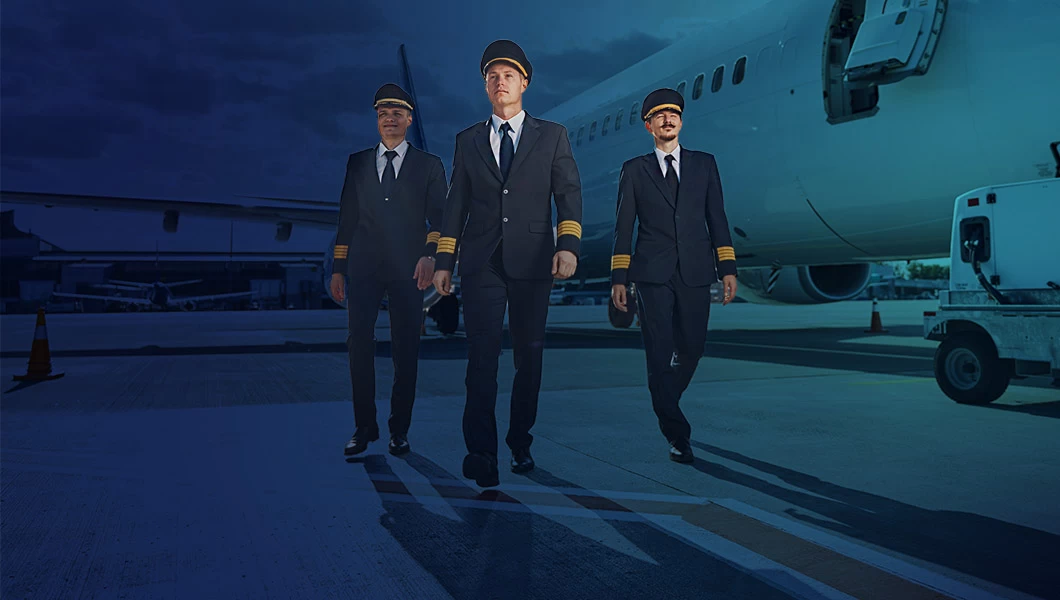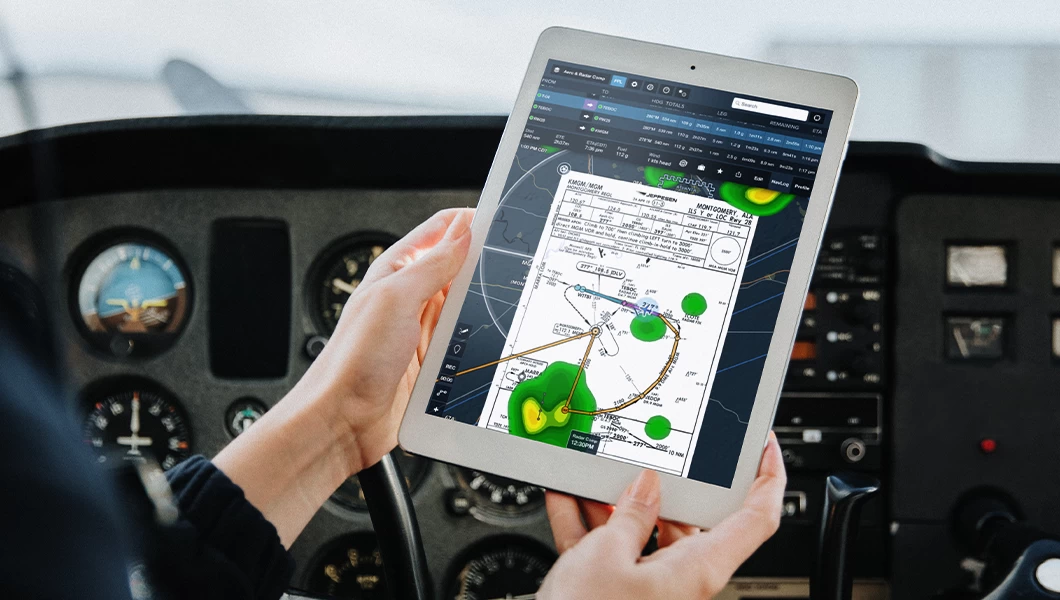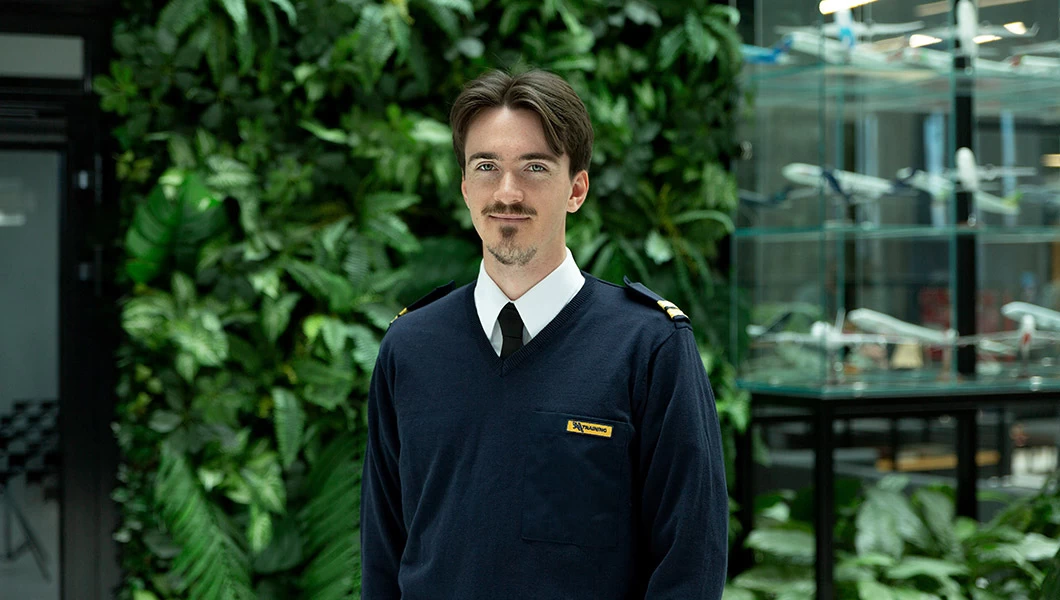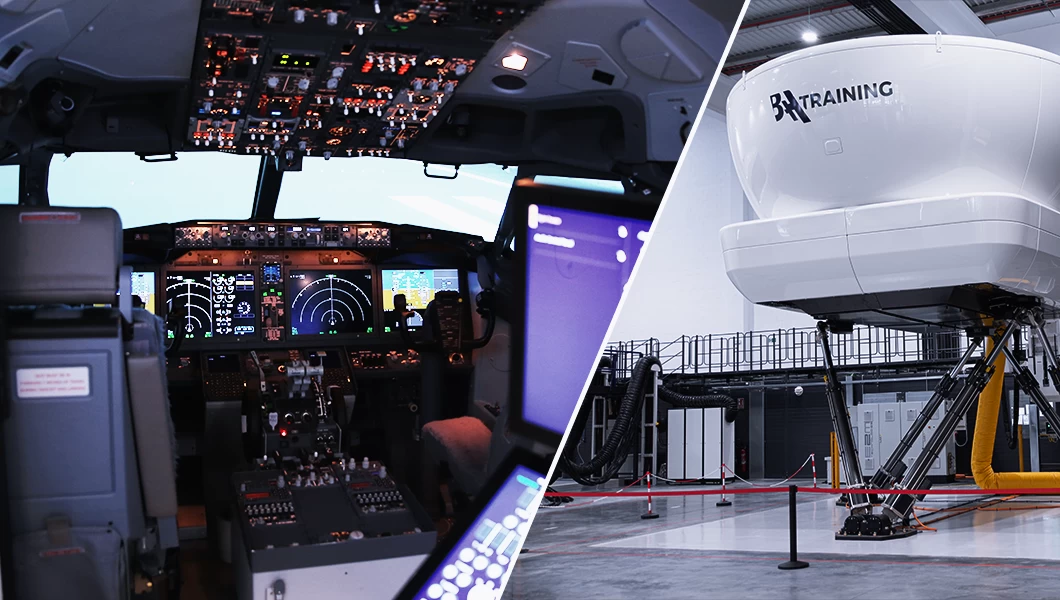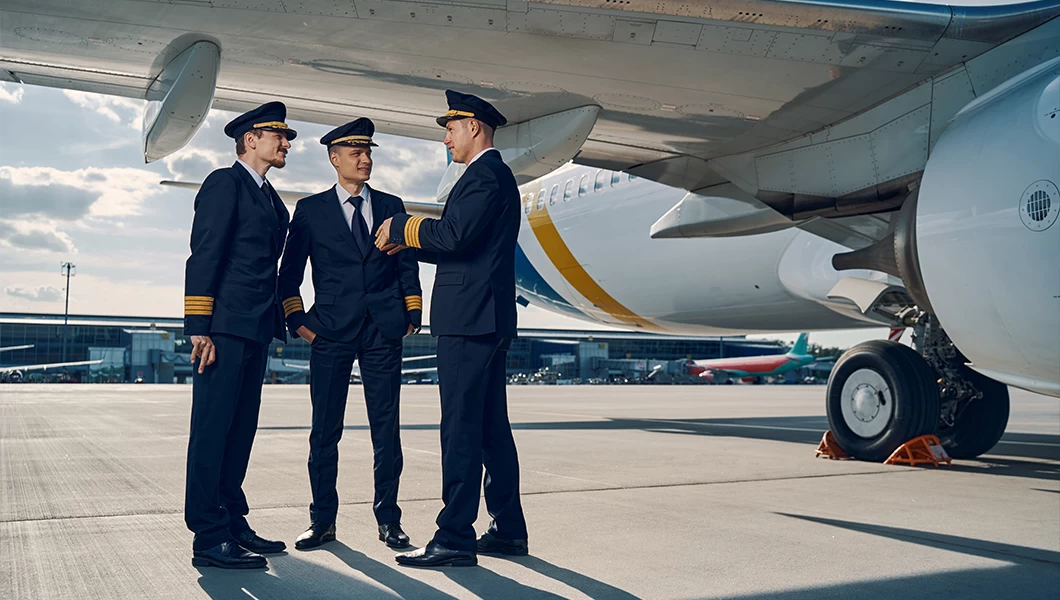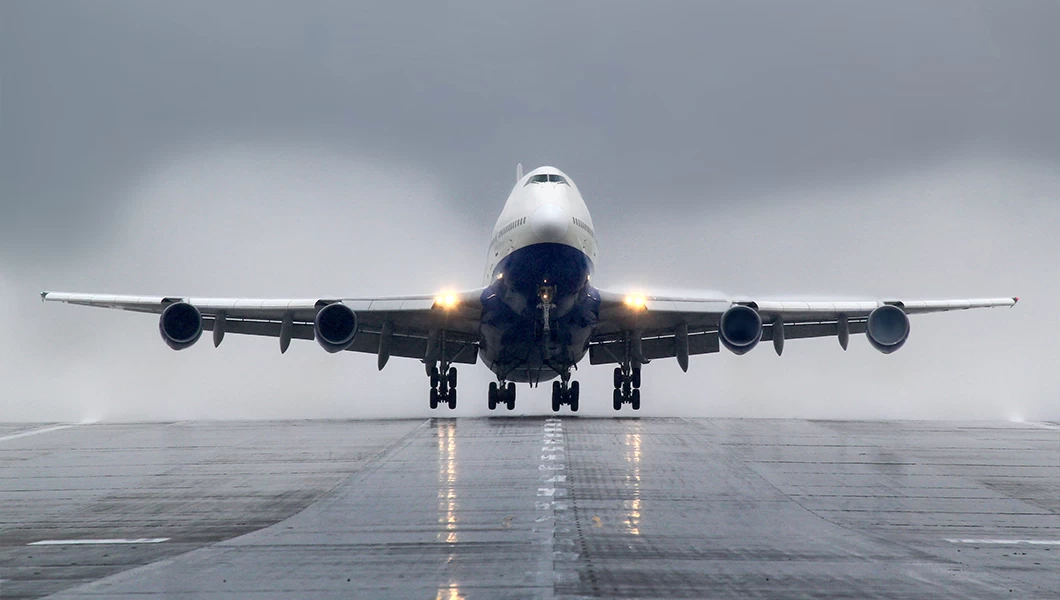Updated on March 20, 2024.
Prefer to listen? Press play to hear this article.
If we’re talking about the world’s most successful commercial aircraft, then Airbus takes the Captain’s seat, so to speak. In 2023, it was Airbus’ fifth year to prove it’s the top manufacturer in the game, and the same year, it bested its rival Boeing in numbers. With 753 deliveries overall, the Airbus A320 family, led by the flagship A320ceo, was dominating the scene, with the A320neo close behind.
A320 vs A320neo
While most still prefer using the A320 name for the original aircraft, with the introduction of A320neo (‘new engine option’), Airbus renamed their original aircraft type to A320ceo, ‘ceo’ standing for ‘current engine option,’ and the original will be referred as A320ceo going forward.
The evolution from Airbus A320ceo to Airbus A320neo is part of a more significant industry movement seeking to increase fuel efficiency, lower environmental footprint, and improve overall aircraft performance. Without diving into full aircraft specifications, let’s take a look at some of the key differences between the two types.
Engine option & fuel efficiency
The main difference between the A320ceo and the A320neo is the new engine models. The major upgrades relative to the ceos are replacing the IAE V2500 and CFM56-5B models with the PW1100G-JM and LEAP-1A series engines (manufactured by Pratt and Whitney and CFM International, respectively).

The similarity between the LEAP-1A and PW1100G-JM series engines is their significantly larger fan diameter than their predecessors. It enables a higher bypass ratio, increasing jet propulsion efficiency and reducing fuel consumption. Due to the new engines, the A320neo also offers longer ranges (6,400km versus 5,700 km-6,200km of the A320ceo). The aircraft itself is quieter than the older variant, both externally and in terms of what passengers within the cabin can hear.
What really pushes the neo family into the limelight is the 20% fuel burn and CO2 emissions advantage compared to previous generation Airbus aircraft, all due to the use of new engines and aerodynamic enhancements. This, according to Airbus, reduced over 20 million tons of CO2 since A320neo entry into the market, and helped lessen noise footprint by half. The neo aircraft has also lowered the airframe maintenance costs by 5% and cash operating costs per seat by 14%.
Similar ARTICLES
Sharklets

Sharklets are large wingtip devices that increase the lift of the wingtip while at the same time decreasing the drag along the wing caused by wingtip vortexes, thus allowing for fuel savings and longer ranges. They enable a reduction of up to 4% in fuel consumption on routes longer than 4630km and circa 2% for routes of 926km when compared to wingtip fences. While they have been available as an option on production Airbus A320ceo, the Airbus A320neos are equipped with them by default.
Cabin and passenger capacity
Although not easy to capture from the outside, the cabin has seen several improvements, such as better pressurization, greater luggage space and noise reduction systems. Passengers can also be comfortable enjoying LED lighting and a modern seating design. The increased seating capacity from 180 passengers to 186 passengers is available on current production aircraft for both the A320neo and A320ceo.
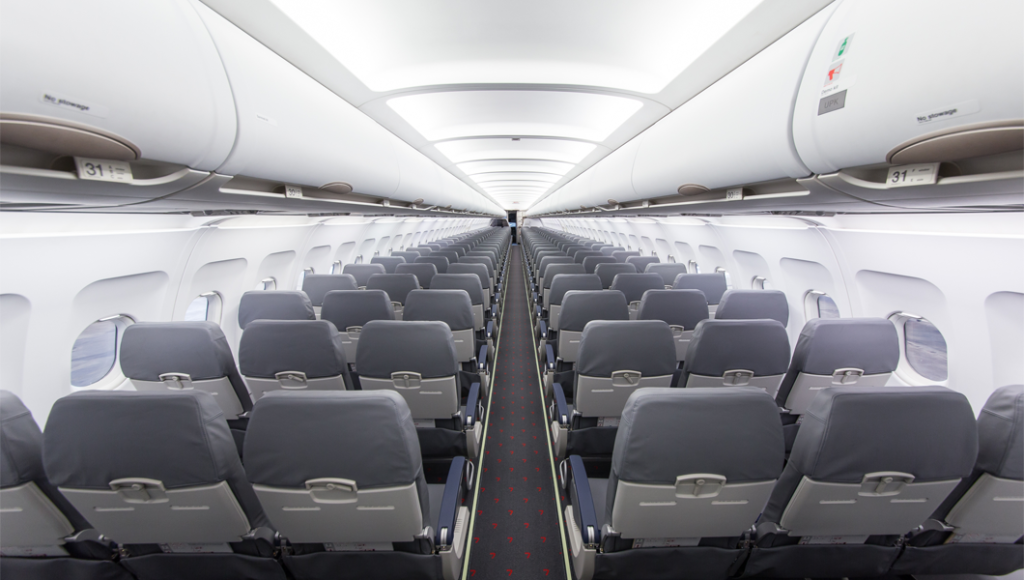
What about the orders?
If 2021 was a year of recovery for Airbus—it received 771 gross orders and 611 deliveries—the beginning of 2024 was not without turbulence. Despite the two aircraft groundings at Lufthansa, Airbus’ latest numbers for the A320 family were strong.
Your PILOT CAREER
starts with a first click
According to the aircraft manufacturer, the A320ceo has remained the most popular Airbus aircraft as of December 2023 with 40.6% in operations. That’s around 4,285 aircraft currently in use. But the neo version is a close second with 1,898 aircraft, gaining popularity among well-known low-cost carriers in Europe and abroad. As of the end of 2023, the A320neo holds 60% market share.

However, despite high demand for the Airbus A320neo and Airbus itself encouraging operators to switch to this option, the “old but gold” A320ceo still composes most of the airlines’ trusting Airbus A320 family fleets. In fact, airlines can retroactively install most of the improvements above on the original Airbus A320ceo, which is why it should not lose its appeal rapidly. The newer engines, however, are exclusively a component of the A320neo.
Anything new in pilot training?
The operating philosophy of the Airbus A320ceo and Airbus A320neo is the same, so the overall differences are not sufficient to require the operator to roll out an entire training program for the Airbus A320neo. Thus, an Airbus A320ceo pilot is required to undergo computer-based type difference training to qualify for flying the Airbus A320neo.
Even the Full Flight Simulators (FFSs) can come with the two aircraft specifications side by side for the Type Rating students to train on. We currently have such FFSs—A320ceo/neo—stationed in Spain and Lithuania training centers. These Level-D aircraft replicas cover all four ceo/neo engine types mentioned earlier in this article. Whether you represent an airline or are an individual pilot-to-be, feel free to contact us for Airbus A320 simulator training.
Bottom line
While the Airbus 320neo represents a fantastic next-generation twinjet narrowbody aircraft that significantly increases fuel efficiency and lowers training and maintenance costs, it doesn’t come at a much higher cost than the Airbus A320ceo. While the A320ceo remains a dominant aircraft type currently in operation, the A320neo is catching up to its predecessor. From our standpoint, both types of aircraft will continue topping the rankings of the most popular aircraft types globally.

